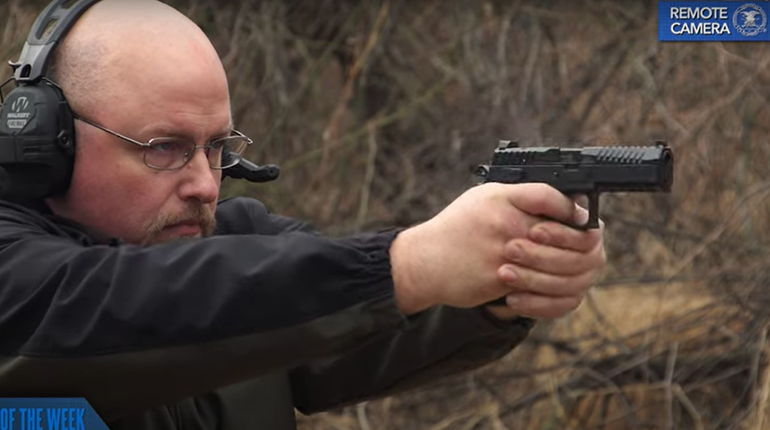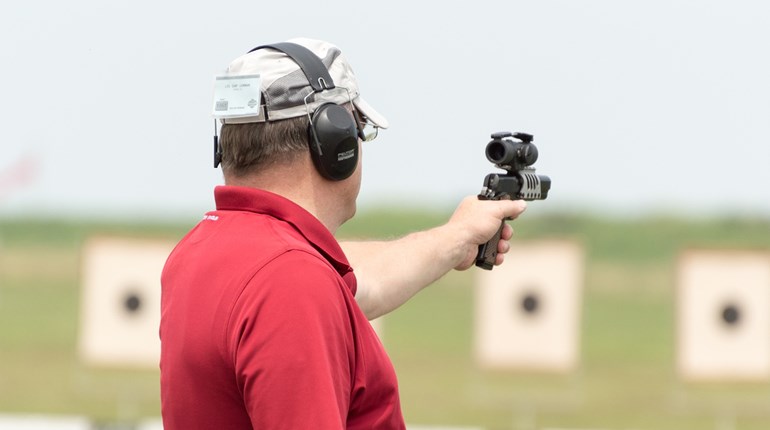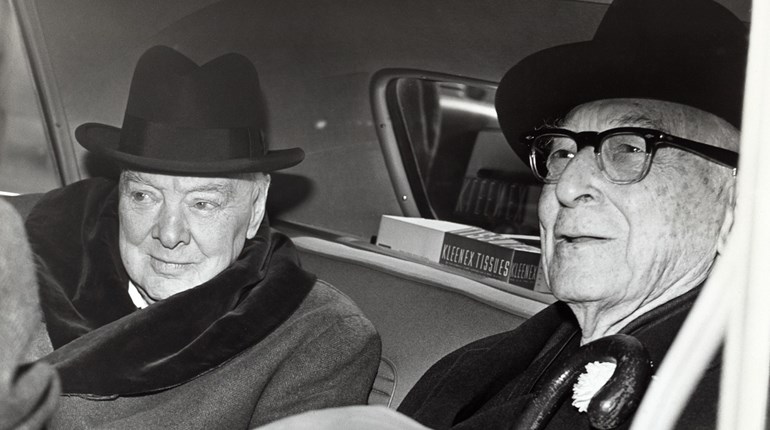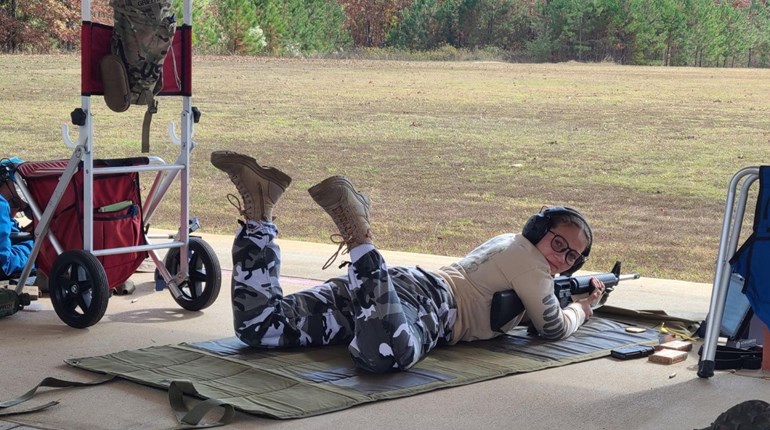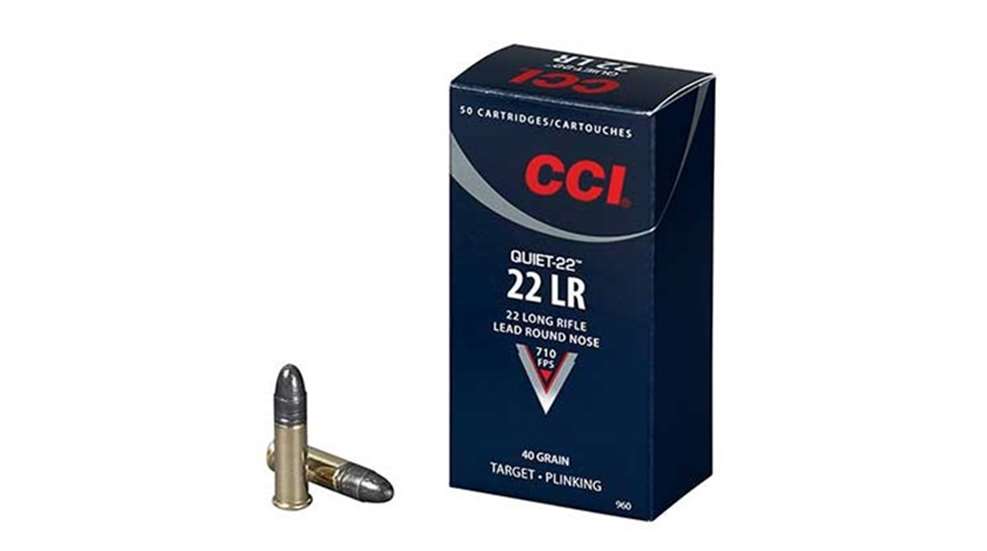
Can the .22LR chambering be viable for self-defense? This article is built upon a great deal of careful thought and consideration from every angle I can think of, considering a lifetime of hunting and livestock-based experience and some brutal honesty. We should start with the guiding principle of concealed carry: The requirement of a CCW firearm is to stop an immediate and deadly threat. Whether that threat comes from man or beast, it must be presented enough force that it physically cannot continue to attack. At the absolute minimum, the threat must be hit hard enough that it doesn’t want to continue the attack. I posit that the .22LR is capable of performing this task, with one caveat: There is virtually no margin for error. Here’s how I came to that conclusion.
Being on the Defense Starts You at a Disadvantage
Allow me to quote from one of the greatest boxers of all time, Mike Tyson: “Everyone has a plan until they get punched in the mouth.” When defending yourself or loved ones, it’s very likely that you’ve been surprised by the attack, e.g., "punched in the mouth.” To win, the defender must be able to hit back hard enough to stop an attacker who already has momentum in the fight. While certainly potentially lethal, the .22LR is not, nor ever will be, a hard hitter.
The CCW Mindset is Critical
CCW is best executed when one selects, trains with, then carries the “most gun” they can properly conceal and handle expertly. What the “most gun" that a person can conceal properly and handle expertly is, is their personal decision. If for some physical reason a .22LR is as much gun as a person can train with, conceal, carry and master, then that’s what that person should have. However, making this decision means that the citizen must practice and train with their firearm, and carry it with them at all times it’s feasible and legally allowable. This is where my next point comes in.
Concealability
One might think that, because the .22LR is a small cartridge, that there is a wide variety of proportionately small firearms. This is not the case. There are some semi-auto .22LR micro-pistols on the market, but they are similar in size to .380 AUTO pistols like the Ruger LCP, LCP2 or Taurus TCP. In this writer’s experience, the aforementioned .380 AUTOs are more reliable than micro-pistols chambered for 22LR. To get a .22LR that is absolutely reliable, consider a revolver like the Ruger LCR or Smith & Wesson 317. Due to the circumference of the revolvers’ cylinders, they’re slightly less concealable. Furthermore, the concealed carrier should never forget that some CCW “cover garments” actually telegraph that the person is carrying. For example, when I see an older man with a photographer’s vest and tactical pants, I automatically assume he is carrying a full-size 1911 loaded with 230-grain ball ammo. Because the .22LR load offers virtually no room for error, it’s important to maintain the slight advantage of surprise.
Capability
This is where we look closer at the “hit them as hard as you can to make them stop” element of the conversation. Bullet and ammunition technology has advanced .22 LR cartridges a great deal. Ammo like CCI Stinger and Mini-Mag are truly impressive performers and really extend the capability of the 22 LR. Please note that the sheer difference in order of magnitude between the .22 LR and cartridges like the .380 AUTO or 9mm Luger is far too significant to ignore. Although the .22 LR is more capable than pepper spray or a Taser, it is still the least capable cartridge in the CCW discussion. That means that shot placement, should shooting become necessary, is absolutely critical.
Utility
Let’s say that you are a farmer, rancher, hiker, fisherman, outdoorsman or mountain climber, and you use your CCW for more than self-defense. There is a reason that the .22 LR is the most popular cartridge ever produced—it’s very useful and tons of fun to shoot. Carrying a .22 LR for recreational or sporting use is great, but you could be painting yourself into a corner if the situation turns to self-defense. It’s important that you make sure you’ve strongly considered the worst-case scenario and have planned accordingly.
In a situation where one is forced to make the choice between a .22 LR and nothing at all…this writer is taking the .22 LR all day long. I’d even take a reliable .22 LR pistol over pepper spray, a knife, club or what have you. Any reliable firearm is better than the aforementioned choices, as the firearm allows one to maintain or create distance and time between a threat and oneself better than defensive tools that don’t shoot and repeat rapidly.
All that said, when it comes to the reality of CCW for an able-bodied person there is a myriad of choices that are significantly better than the 22 LR. But we must face the reality that there are shooters who will be doing the best they can to use a .22 LR for a CCW handgun. This could include possibly some injured, weak handed or wristed people, frail elderly folks or people with conditions like severe arthritis who just don’t have the hand strength to manipulate and shoot a more capable firearm.
My conclusion:
For self-defense, the .22 Long Rifle is no more and no less than “better than nothing.”















